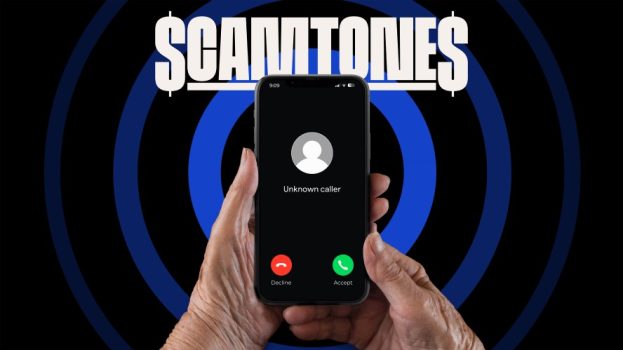Wheelchair rugby has seen a lot of evolution over its 40-year history as a sport, and that evolution was the driver behind a rebrand of the sport’s international federation.
 The rebrand to World Wheelchair Rugby (WWR) from the International Wheelchair Rugby Federation (IWRF) “says more about who we are right now,” explains Richard Allcroft, president of the organization.
The rebrand to World Wheelchair Rugby (WWR) from the International Wheelchair Rugby Federation (IWRF) “says more about who we are right now,” explains Richard Allcroft, president of the organization.
“What we’ve done is try to engage with more people,” he adds, noting that the sport has opened up to incorporate new disciplines that allow a wider array of athletes to compete, including the low point game, “which allows athletes with a higher level of disability to compete,” and rugby fives, which “looks at a different impairment type so people with different impairments can now play.”
Those new disciplines – as well as the sport’s rise in prominence since becoming a full medal event at the Paralympic Games in 2000 and the release of the 2005 documentary Murderball – drove the evolution that necessitated the new branding.
“Richard and his team came to us at the end of last year and told us the organization is going through a lot of changes and, while the sport is exciting, determined and intense, the brand did not portray that,” says Bella Iannetta, a senior strategist with Cossette, which developed the rebrand. “Essentially, the brief was to blow up the brand, and that’s a really exciting brief for us to have.”
[iframe_vimeo video=”596131548″]
WWR revealed the rebrand with a campaign consisting of 30-second spots that are running during this year’s Paralympic Games, which began Tuesday and go until Sept. 5, as well as a 90-second spot running across the federation’s social channels. The organization’s new logo is also featured on the uniforms of officials during the Tokyo games.
The spots feature two-time Canadian wheelchair rugby Paralympian Zak Madell, who helped Team Canada win silver at the 2012 Paralympic Games and gold at the 2015 Parapan American Games.
“We wanted to choose a high-profile athlete,” says Iannetta. “The whole strategy was to go against the inspiration porn of objectifying people with disabilities just to inspire able-bodied people.”
“It is about reflecting how the athletes feel, and this is really how they feel,” adds Allcroft. “They don’t play the sport to be inspirational. They play it because it’s competitive, it gives them a huge focus, and there’s a massive commitment to be a high-level performance athlete. This is a serious business.”
Response to the rebrand has been positive, he says, with the federation’s athletes and its partners, including World Rugby and the International Paralympic Committee celebrating the new look.
“I saw the director for the IPC tweeting that this is quite possibly the most dynamic brand out there for the Paralympic movement,” says Allcroft. “This is a major thing for us.”
























